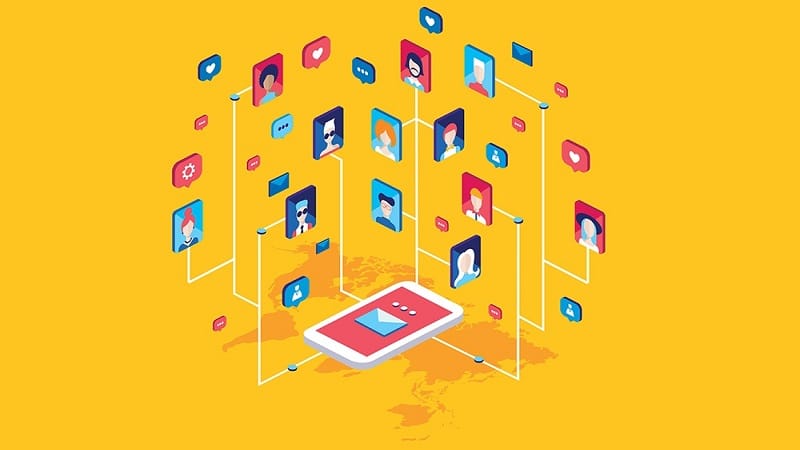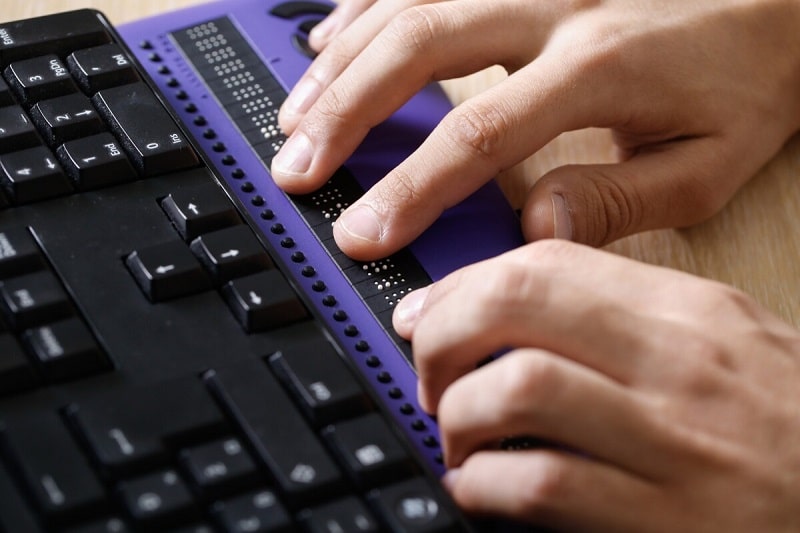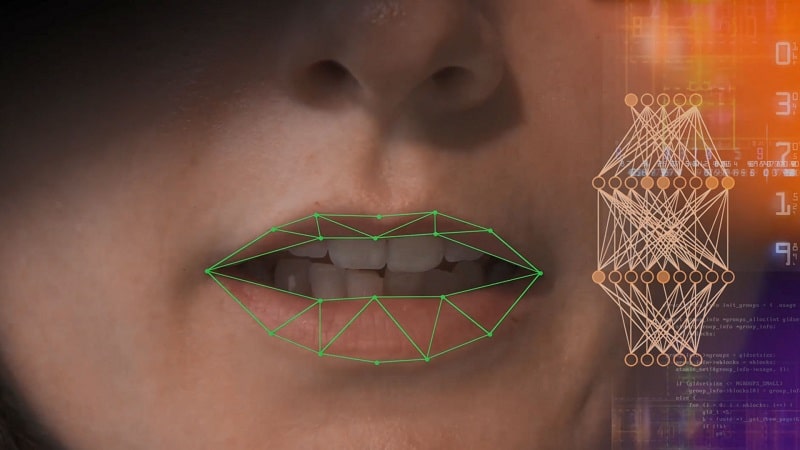
Assistive technology can be no less than a lifesaver for people with disabilities in the realms of mobility, vision, and hearing (to name just a few).
The WHO reports that one billion people need one or more assistive products such as wheelchairs, prostheses, and memory aids. The assistive tech industry is consistently raising the bar when it comes to helping people live healthy, productive, independent lives.
Below are just a few advances that are enabling more and more people to participate at school and work, and interact with others socially.
Refreshable Braille Display Keyboards

In the past, users with visual impairments were forced to choose between a traditional QWERTY keyboard and a braille device. Advances such as APH’s MantisQ40 Bluetooth QWERTY keyboard now provide a seamless transition between both types of device.
When users type, the braille display presents text information to complement a screen reader. The latter then speaks words out to the user. This device works on a plethora of devices, including Mac, PC and iOS.
Machine Learning Hearing Apps
HeardThat is an app that enables people with hearing disabilities to separate speech from surrounding noise. The device relies on machine learning, which is able to distinguish speech from other sounds.
Most devices amplify sound as a whole, but this can interfere with comprehension if the user is in a crowded or noisy space. While the app isn’t meant to replace hearing aids, it does make for a much crisper, clearer listening experience.
Pressure Ulcer Prevention Device for Wheelchair Users
One of the highlights of the annual CSE tech show is the wide array of devices and apps for wheelchair users, of which there are approximately 2.7 million in the US. Many have mobility issues such as muscular dystrophy, multiple sclerosis, and cerebral palsy.
Of the many apps for children with cerebral palsy and other mobility disorders, one of the most innovative presented at CSE is Gaspard. The latter an app and sensor pad that helps wheelchair users get into a comfortable position. The sensors are located in a mat that sits under the wheelchair cushion.
They collect and send information to the user’s smartphone via Gaspard’s dedicated app, identifying bad positioning, calculating the time spent in the chair, and providing users with customized alerts for anomalies such as bad positioning and lack of activity.
AI Lip Reading

A relatively new app called Sravi boasts cutting-edge lip-reading technology that analyzes lip movement to identify specific phrases. This app is a godsend for people who are incapable of speaking or who have severe speech difficulties.
Sravi has played an important role during the COVID crisis, helping people who are weaning off ventilators and who have had a tracheostomy. The latter prevents people from talking so the app can help patients identify their needs by moving their lips.
Assistive devices and innovative apps are making the world a much better, more practical place for millions of people with disabilities. New apps and devices are relying on technology like AI and senior analytics to help users achieve their goals.
They are also playing a key role during the COVID crisis, especially in the realm of communication.










